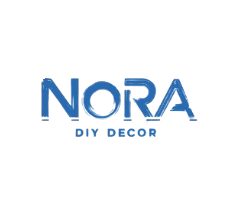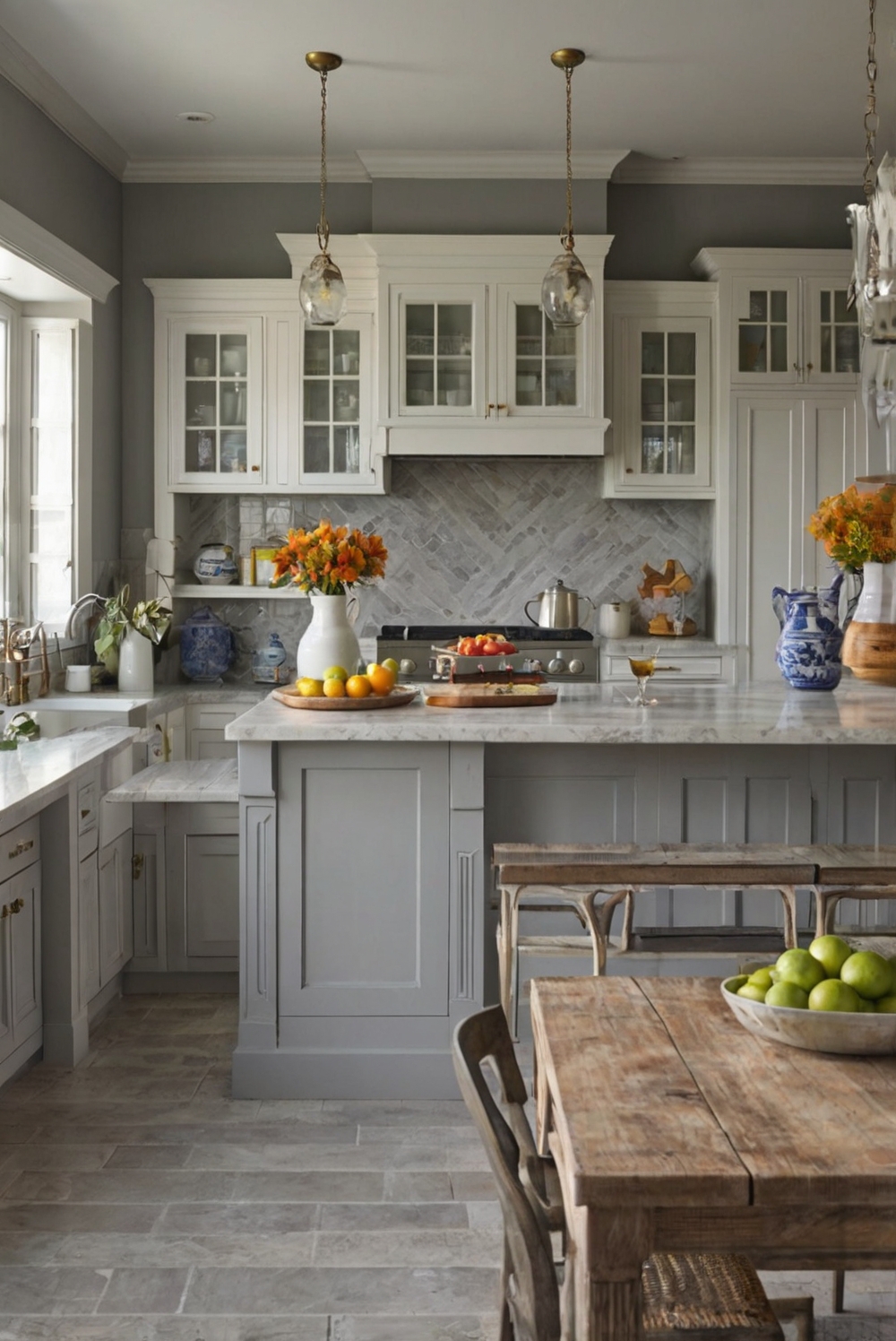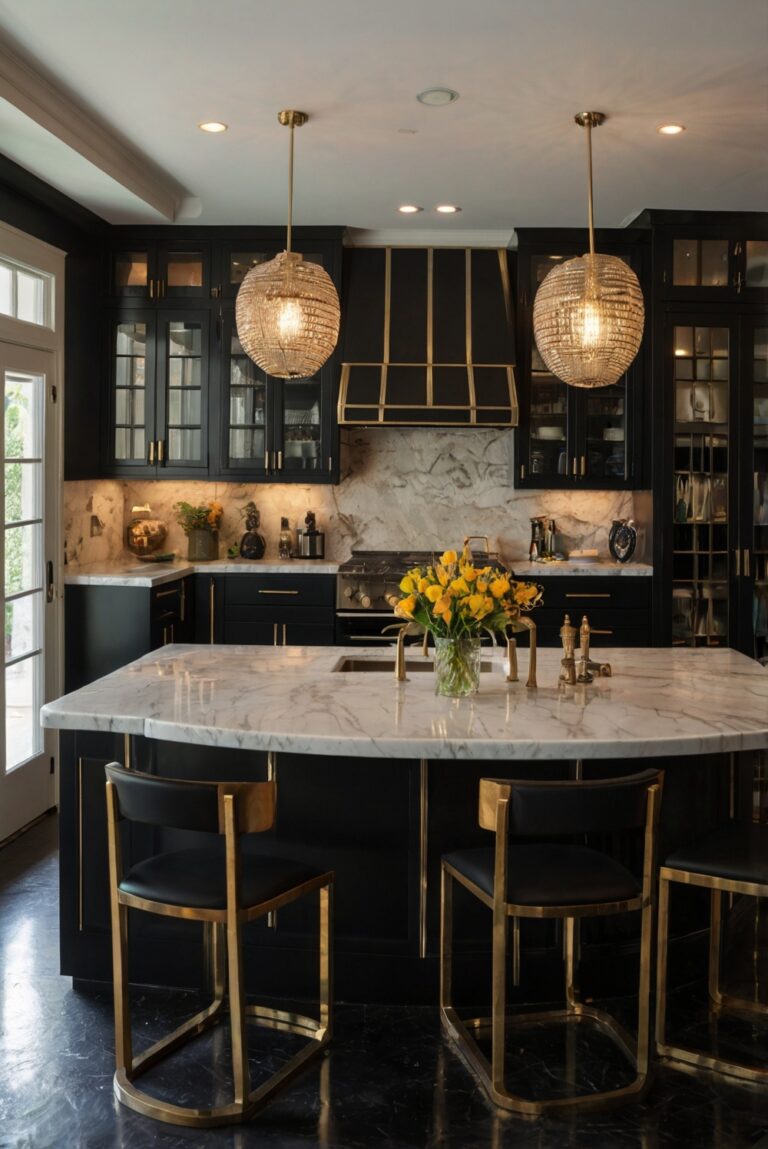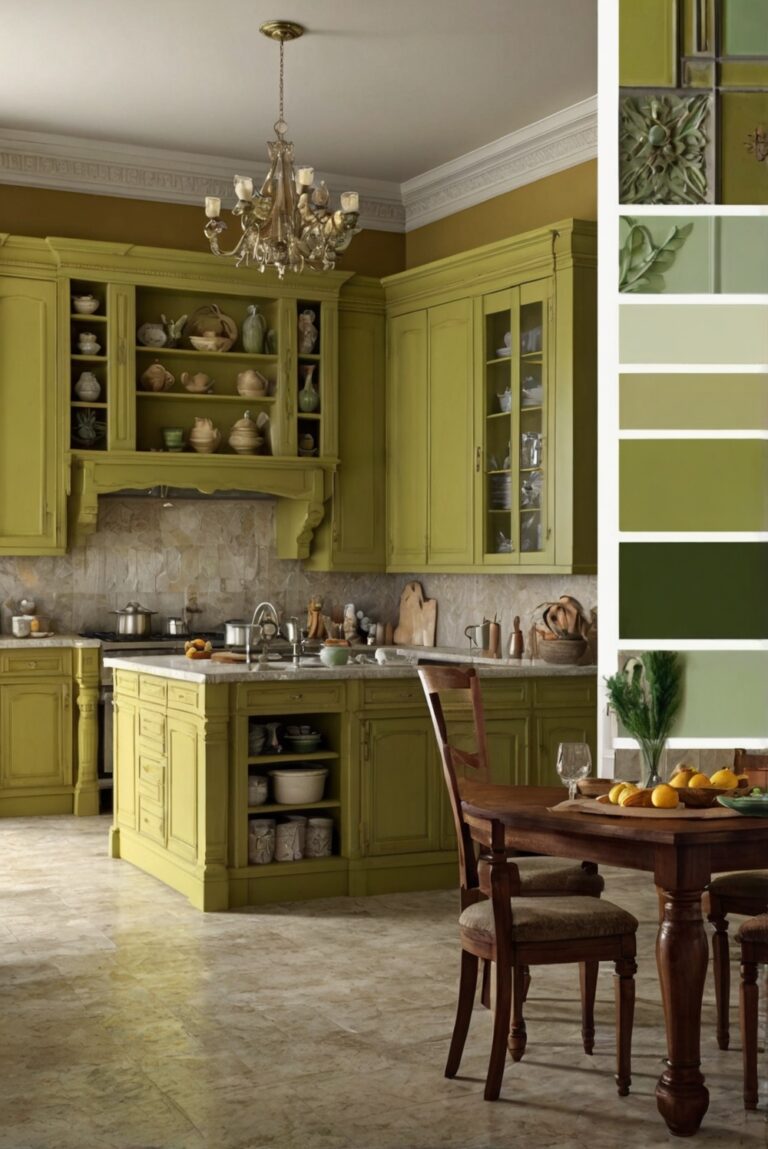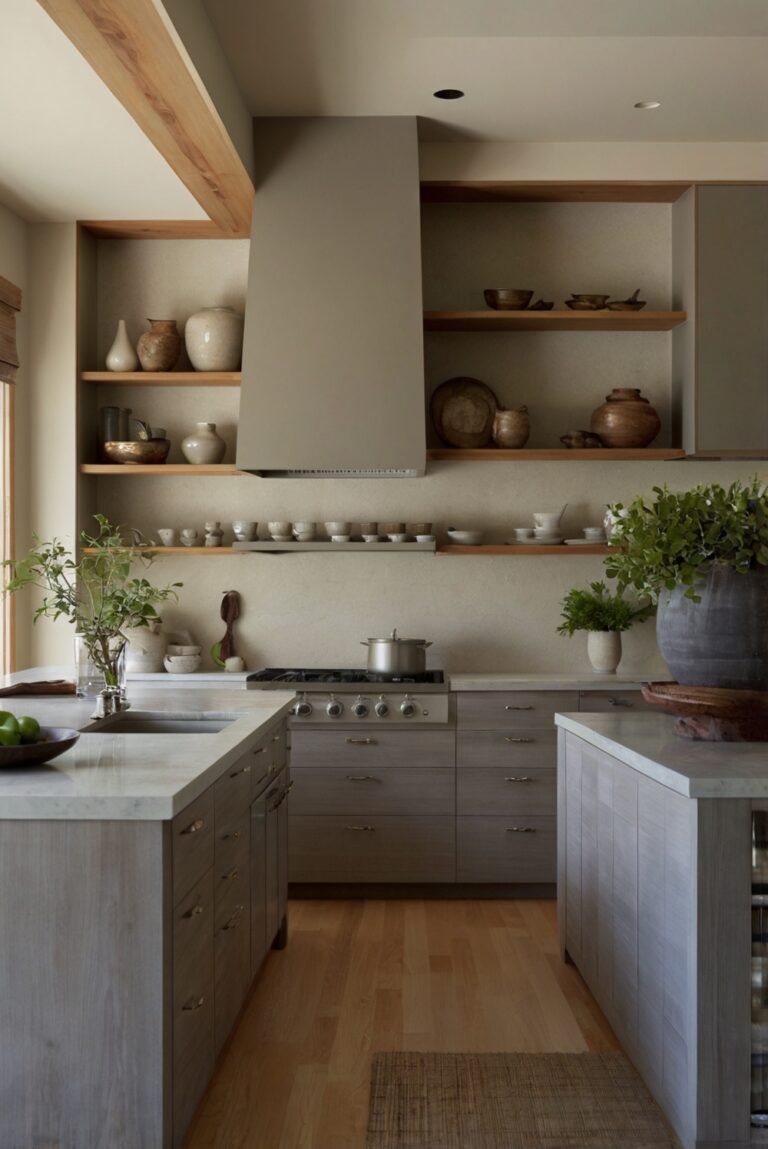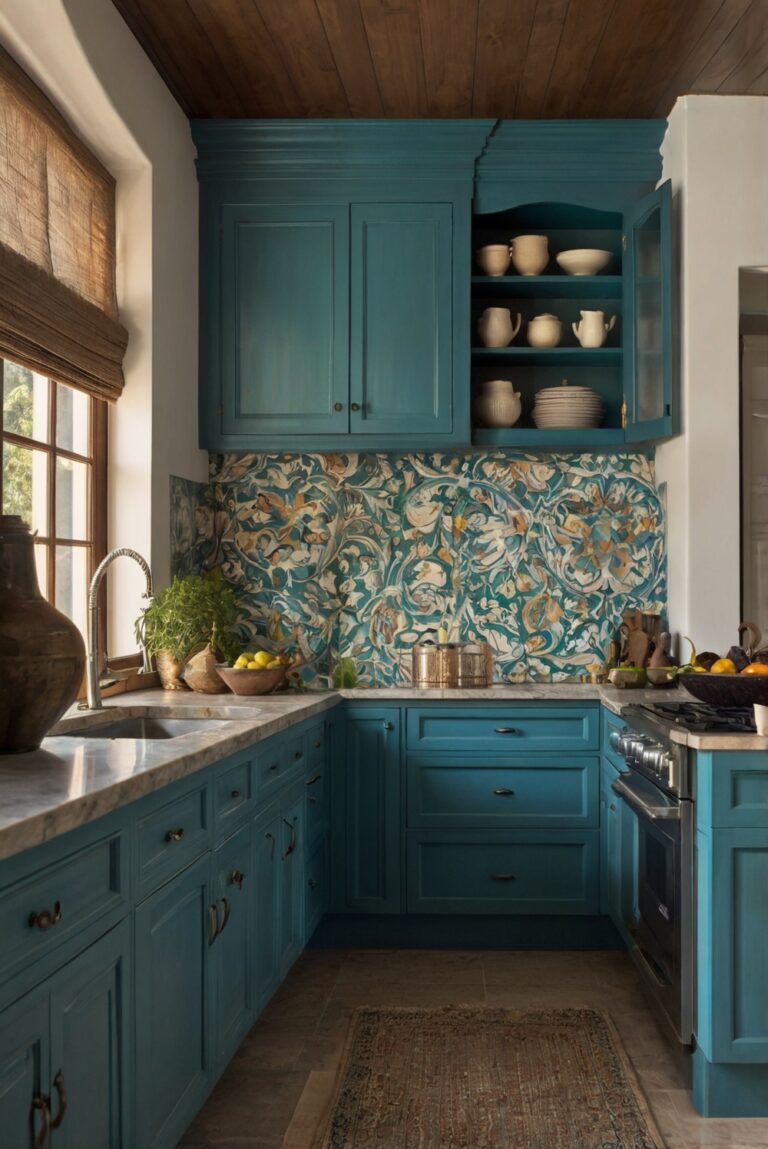How to choose the right recessed lighting for your kitchen?
Looking to brighten up your kitchen? Learn how to choose the ideal recessed lighting to enhance your space in this daily routine for interior designers.
**How to choose the right recessed lighting for your kitchen?**
In order to select the ideal recessed lighting for your kitchen, consider the following tips. First, determine the size and layout of your kitchen to calculate the number of fixtures needed. Next, choose the appropriate trim style that complements your overall home decor. Consider the type of light bulb for the desired ambiance, whether warm or cool. Also, pay attention to the color temperature and brightness levels for optimal functionality. Ensure proper spacing between fixtures for even lighting distribution. Take into account any specific tasks or areas that require additional lighting. Lastly, consult with a professional designer for expert advice on space planning and interior design.
Benefits: Enhanced aesthetics and functionality
Risks: Poor lighting can lead to discomfort and inefficient workspaces
Using these guidelines will help you achieve a well-lit and stylish kitchen that meets your needs and preferences.
Consider the Size and Layout of Your Kitchen:
When choosing the right recessed lighting for your kitchen, it is important to consider the size and layout of your space. Larger kitchens may require more lighting fixtures to ensure adequate illumination, while smaller kitchens may be able to make do with fewer fixtures. Take note of any obstacles or architectural features in your kitchen that may impact the placement of recessed lighting.
Choose the Right Type of Bulbs:
The type of bulbs you choose for your recessed lighting can have a significant impact on the overall look and feel of your kitchen. LED bulbs are energy-efficient and long-lasting, making them a popular choice for many homeowners. Halogen bulbs provide a bright, white light that is ideal for task lighting in the kitchen. Consider the color temperature of the bulbs as well, as warm tones can create a cozy atmosphere while cool tones are more suitable for task lighting.
Consider the Functionality of the Lighting:
When selecting recessed lighting for your kitchen, think about the functionality you need from the fixtures. Task lighting is essential for food preparation areas, while ambient lighting can create a welcoming atmosphere in the kitchen. Consider dimmable options for flexibility in lighting levels, and choose fixtures with adjustable heads for customizable lighting direction.
Think About Energy Efficiency:
Energy efficiency is an important consideration when choosing recessed lighting for your kitchen. LED bulbs are the most energy-efficient option, consuming less power and lasting longer than traditional incandescent bulbs. Look for fixtures that are ENERGY STAR certified for maximum energy savings.
Consult with a Lighting Professional:
If you are unsure about the best recessed lighting options for your kitchen, consider consulting with a lighting professional. They can help you assess your lighting needs, recommend suitable fixtures, and create a lighting plan that enhances the functionality and aesthetic appeal of your kitchen.
In conclusion, selecting the right recessed lighting for your kitchen involves considering factors such as the size and layout of your space, the type of bulbs you prefer, the functionality you need from the lighting, energy efficiency, and seeking advice from lighting professionals. By taking these aspects into account, you can create a well-lit and inviting kitchen environment that meets your specific needs and preferences.
1. What are the different types of recessed lighting for kitchens?
There are various types of recessed lighting options for kitchens, including LED, halogen, and incandescent. LED lights are energy-efficient and long-lasting, making them a popular choice for kitchens. Halogen lights provide bright, white light and are ideal for task lighting. Incandescent lights offer a warm glow but are less energy-efficient compared to LED and halogen options. It’s important to consider the type of lighting effect you want to achieve in your kitchen when choosing the right recessed lighting.
2. How do I determine the right size and spacing for recessed lighting in my kitchen?
To determine the right size and spacing for recessed lighting in your kitchen, consider the size of your kitchen and the height of your ceiling. Generally, smaller kitchen spaces may require smaller recessed lights, while larger kitchens may benefit from larger fixtures. As a rule of thumb, spacing between recessed lights should be about half the distance of the ceiling height. For example, if your ceiling is 8 feet high, space your recessed lights 4 feet apart. Additionally, consider the task areas in your kitchen that require more focused lighting and adjust the placement accordingly.
3. What color temperature is best for recessed lighting in the kitchen?
When choosing the right color temperature for recessed lighting in your kitchen, consider the overall ambiance you want to create. Warm white (2700K-3000K) is ideal for a cozy and inviting atmosphere, while cool white (3500K-4100K) is suitable for task-oriented areas like countertops. Daylight (5000K-6500K) is best for areas where brightness and clarity are important, such as food preparation zones. It’s essential to balance the color temperature throughout your kitchen to achieve a cohesive and functional lighting design.
4. How can I control the brightness of recessed lighting in my kitchen?
To control the brightness of recessed lighting in your kitchen, consider installing dimmer switches. Dimmers allow you to adjust the light intensity according to your needs, whether you’re cooking, entertaining, or relaxing. Choose dimmable LED recessed lights for maximum flexibility and energy efficiency. Additionally, grouping recessed lights into zones or circuits can provide you with more control over different areas of your kitchen. This way, you can customize the lighting levels based on the task at hand and create a versatile lighting scheme.
5. What are some design tips for incorporating recessed lighting into my kitchen?
When incorporating recessed lighting into your kitchen design, consider layering different types of lighting for a balanced and functional space. Combine recessed lights with pendant lights, under-cabinet lighting, and task lighting to create a well-lit environment. Use recessed lights to highlight architectural features, such as kitchen islands, cabinets, or countertops. Avoid placing recessed lights too close to walls to prevent harsh shadows and glare. Consider the overall style of your kitchen and choose recessed lighting fixtures that complement your design aesthetic, whether it’s modern, traditional, or transitional.
